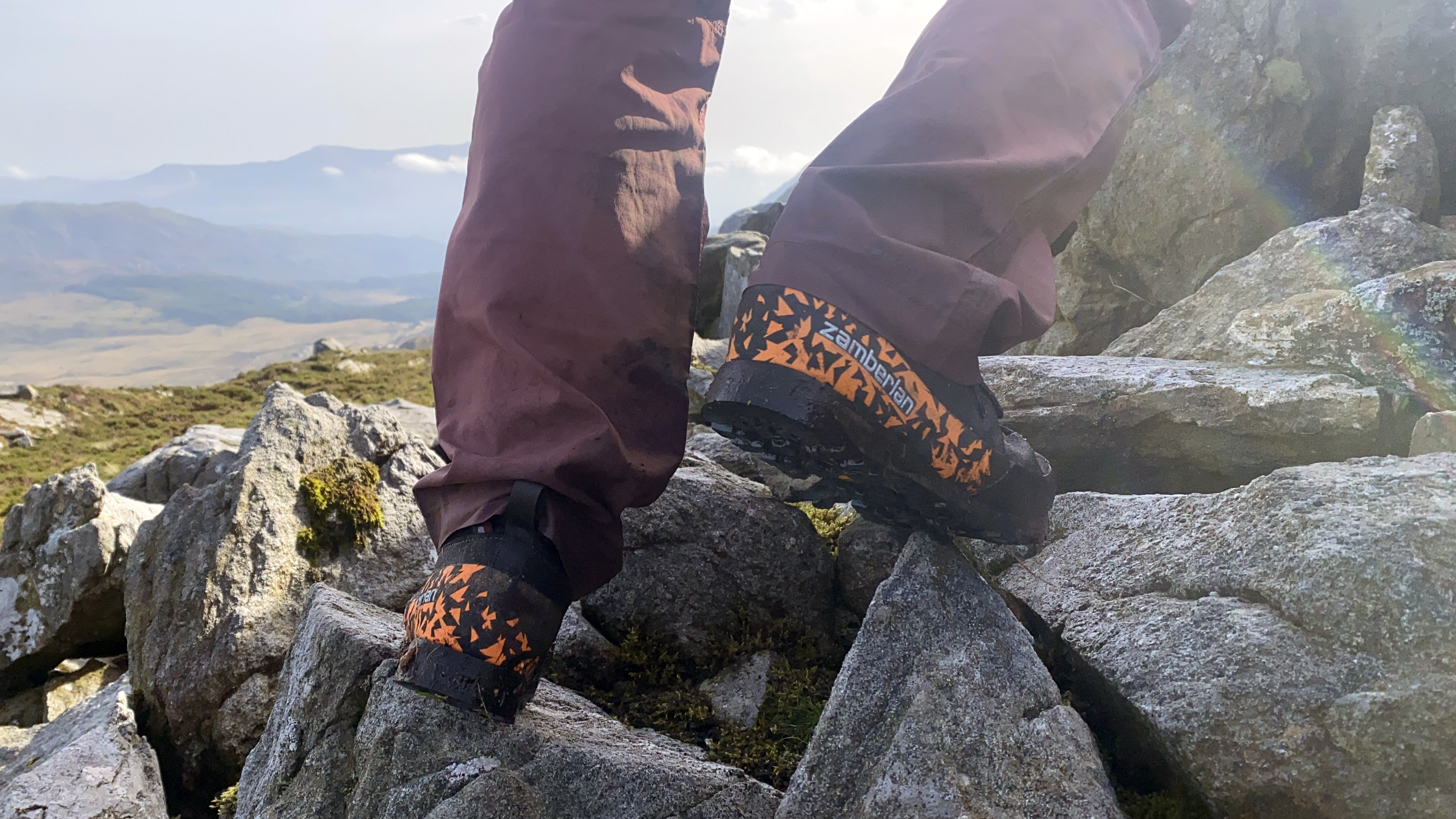
In the spring of 2023, I was lucky enough to be invited, along with other British journalists and industry types, to the Dolomites by Italian trekking and mountaineering footwear brand Aku. The Dolomites is a region of incredibly beautiful yet savage rocky peaks that contrast markedly against the lush alpine meadows and pastures below. It’s among the world’s most spectacular mountain landscapes.
We were guided around the splendid Val Canali in the Pale di San Martino group by Aku ambassador and alpine guide Peter Moser, primarily to test the Aku Slope V-Light GTX boot. While enjoying the soaring pinnacles, clear blue skies and grandeur of this mountain arena, we were as yet unaware that Moser had, a couple of years earlier, climbed the six main peaks of the region in a single day. It was a staggering achievement and is the subject of a recent film, Pionieri.
To tackle this monstrous route, Moser wore the Aku Rock DFS GTX approach shoe, which enabled him to climb, hike and, at times, run in comfort. Approach shoes were originally designed to help rock climbers approach crags, where they'd swap them out for their more precise climbing shoes. These days, approach shoes are often the footwear of choice for adventurous souls, providing confidence on technical ground without the discomfort sometimes associated with rock climbing shoes.
You don’t have to be pulling off audacious single day summit raids in the Dolomites to benefit from them, there are several reasons you need approach shoes if you like any of the pursuits of adventurous hiking, scrambling or climbing. Here, I reveal 7 arguments for getting yourself a pair.
Meet the expert
What are approach shoes?
- Approach shoes offer the comfort of hiking shoes with some of the performance of climbing shoes
- They feature grippy outsoles with flat sections at the front and back for traction on rock
- They're also more rigid and tend to be narrower than hiking shoes
- They usually feature high levels of protection against rock abrasion
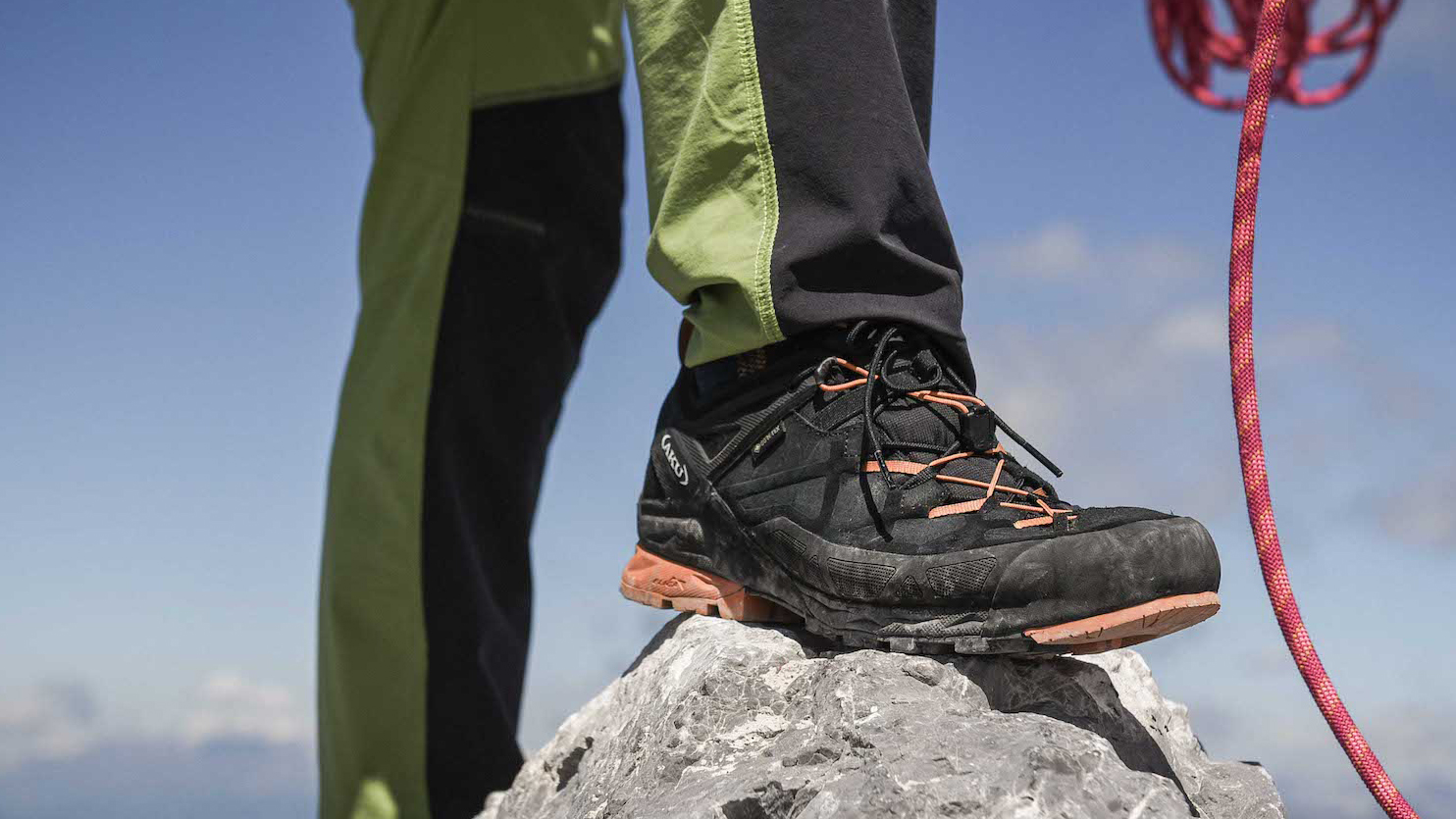
Approach shoes occupy the middle ground between climbing shoes and hiking shoes. They bring the comfort of the latter with some of the grip and precision of the former, making them the ideal footwear for technical scrambling terrain. The approach in the name refers to their intended use by rock climbers, who’d use them on often tricky approaches to a climbing route and then swap them out for their climbing shoes.
However, since first appearing on the scene around 30 years ago, approach shoes have grown in popularity and are often used instead of climbing shoes on easier climbs or for long multi-pitch routes, and instead of hiking shoes on scrambling terrain.
In terms of features, the rubber used in the sole is softer than in a pair of hikers, designed for optimum performance on rock than muddy trails. The toe and heel sections of the sole usually feature a flatter climbing zone for increased traction on rocky slabs. They’re also more rigid, enabling the wearer to plant the side of the shoe on small ledges with much more confidence than a standard shoe provides.
Protection against rock abrasion and additional side grip is also often provided by a rubber rand, as well as reinforcements at the toe and heel. The fit is also more precise, with climbing shoe style ankle to toe lacing, and they tend to be narrower than standard hikers, enabling the wearer to jam their foot into smaller cracks. This is the case with the Zamberlan Salathé GTX shoes I tested recently. The downside to this is that it makes them less stable when hiking.
1. For the technical approaches
- Technical approaches to rock climbs is what approach shoes were first designed for
- Approach shoes have an attachment loop, so you can clip them out the way when the gnarlier climbing begins
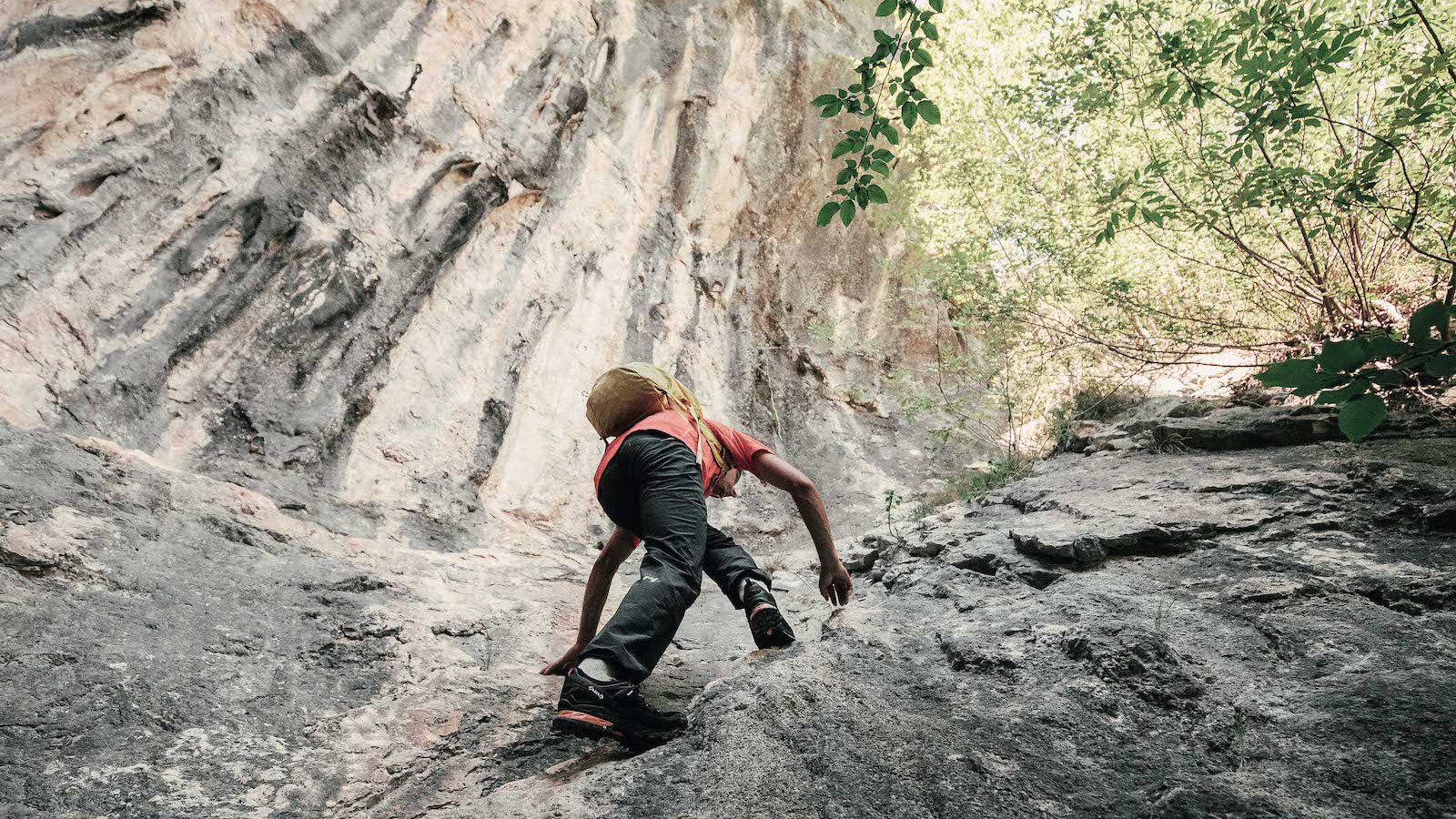
This is what the approach shoe was originally designed for, the awkward ground after the walk in but before the climbing begins in earnest. If you’re a serious or aspiring rock climber, getting yourself a pair is a no brainer. They typically feature a fabric loop for attachment to a climbing harness and are relatively lightweight, making them easy to carry while you’re on the wall.
2. For the difficult scrambles
- For challenging scrambles, approach shoes perform much better than hiking shoes
- For easier scrambles, normal hiking footwear will suffice
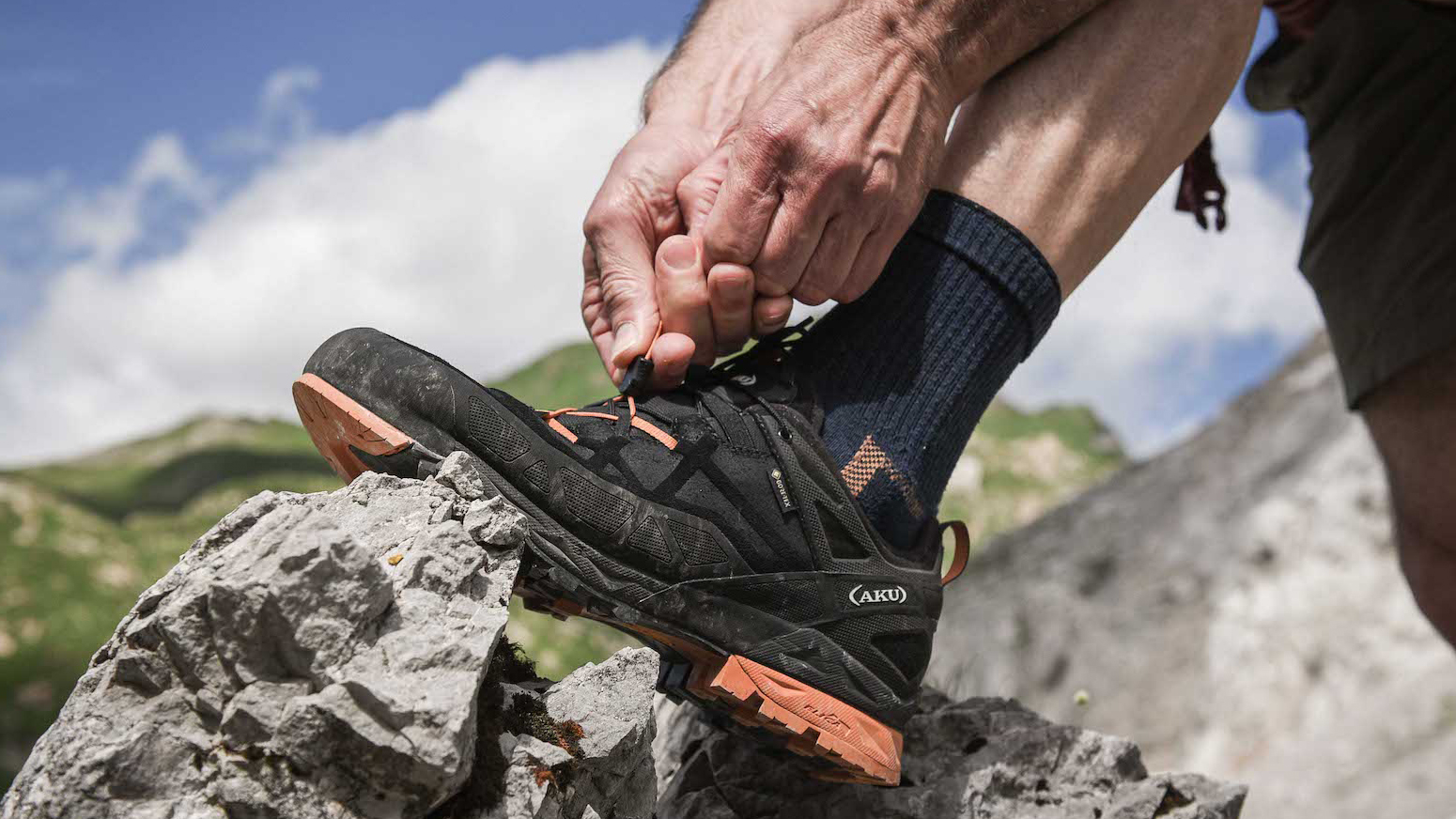
For easier scrambling that’s more akin to adventurous hiking than climbing, I’d often opt for a pair of trail running shoes or standard hikers. However, once I start approaching trickier terrain, approach shoes provide much better performance and that all-important confidence, shoving what might otherwise be serious type-2 fun back into… well, proper fun.
For this kind of terrain, we’re talking about US grade 3 to 5 (on the Yosemite Decimal System) and UK scrambling grades 2 to 3. This kind of scrambling involves tougher and more sustained sections on technical terrain with committing moves, where a fall could lead to serious injury or in some cases be lethal. If this sounds like the kind of scrambling you enjoy, it’s definitely worth investing in a pair of approach shoes.
3. For the easier climbing routes
- Approach shoes are perfectly suited to easier climbing routes
- Wearing approach shoes is also good practice for climbing on alpine adventures
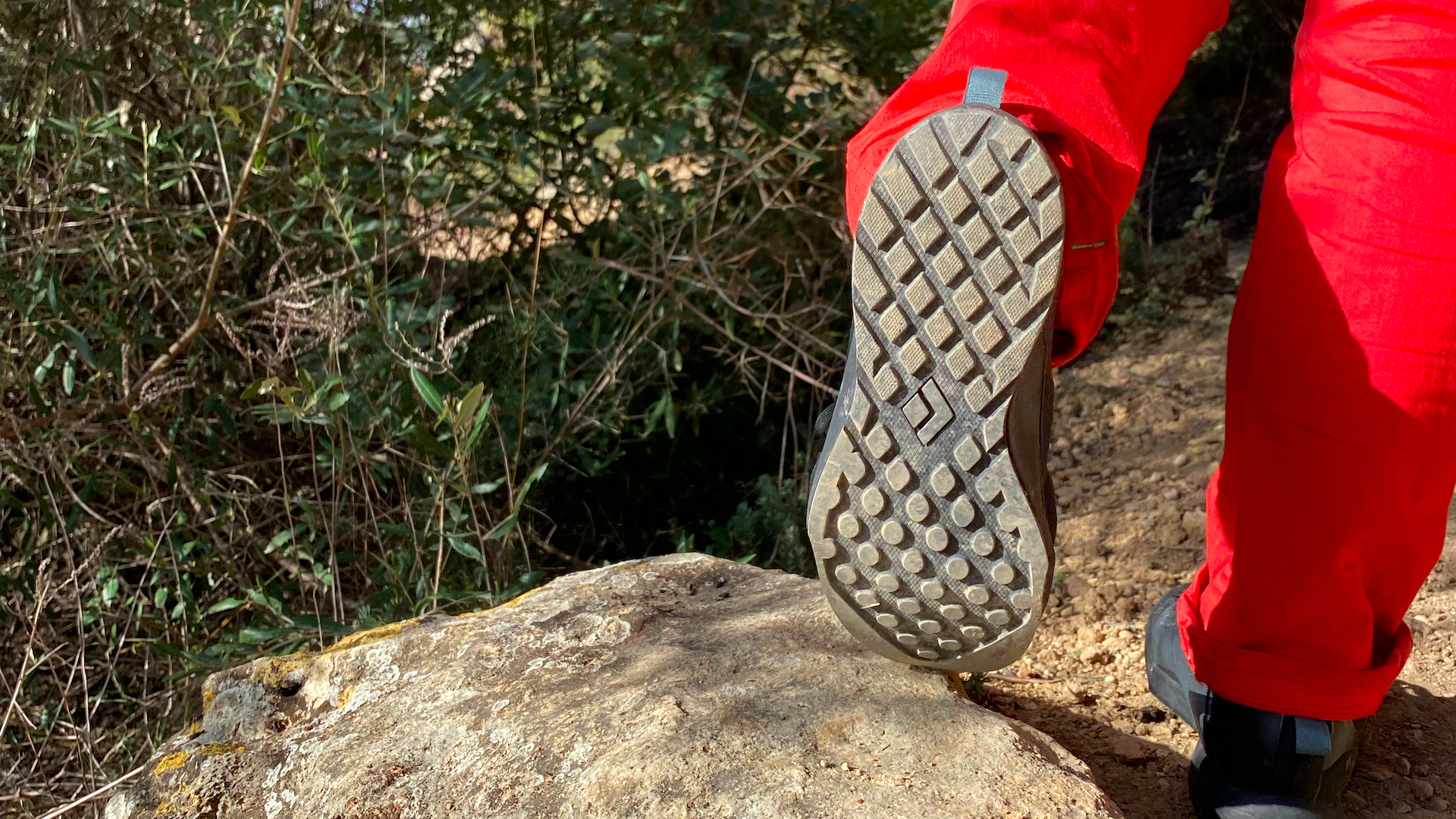
Mountain guides will often spend a day at a crag with clients and wear their approach shoes the entire time. This is because the grades they’re likely to be climbing often aren’t technical enough to warrant climbing shoes. They’d much rather be comfortable and use the time when they’d be otherwise changing footwear to either watch their clients sorting their gear out and give a few pointers, or simply ensure they’ve got everything ready for the session ahead.
If you have alpine ambitions, it’s also good to become comfortable climbing easier rock climbs in footwear other than climbing shoes. I’ve easily climbed UK VDiffs (somewhere around US grade 5.4) in approach shoes and I’m sure I could push it much further still. It’s worth seeing what kind of climbing grade you can tackle in such footwear. So, whether that’s in your approach shoes or in winter boots, time spent gaining confidence on these kinds of climbs is time well spent, as you won’t be wearing climbing shoes when faced with a tricky gendarme in the Alps.
4. For the multi-pitch monsters
- The long-lasting comfort of an approach shoes makes them ideal for multi-pitch climbs
- They're also perfect for mountaineering routes involving a mix of climbing, scrambling and hiking
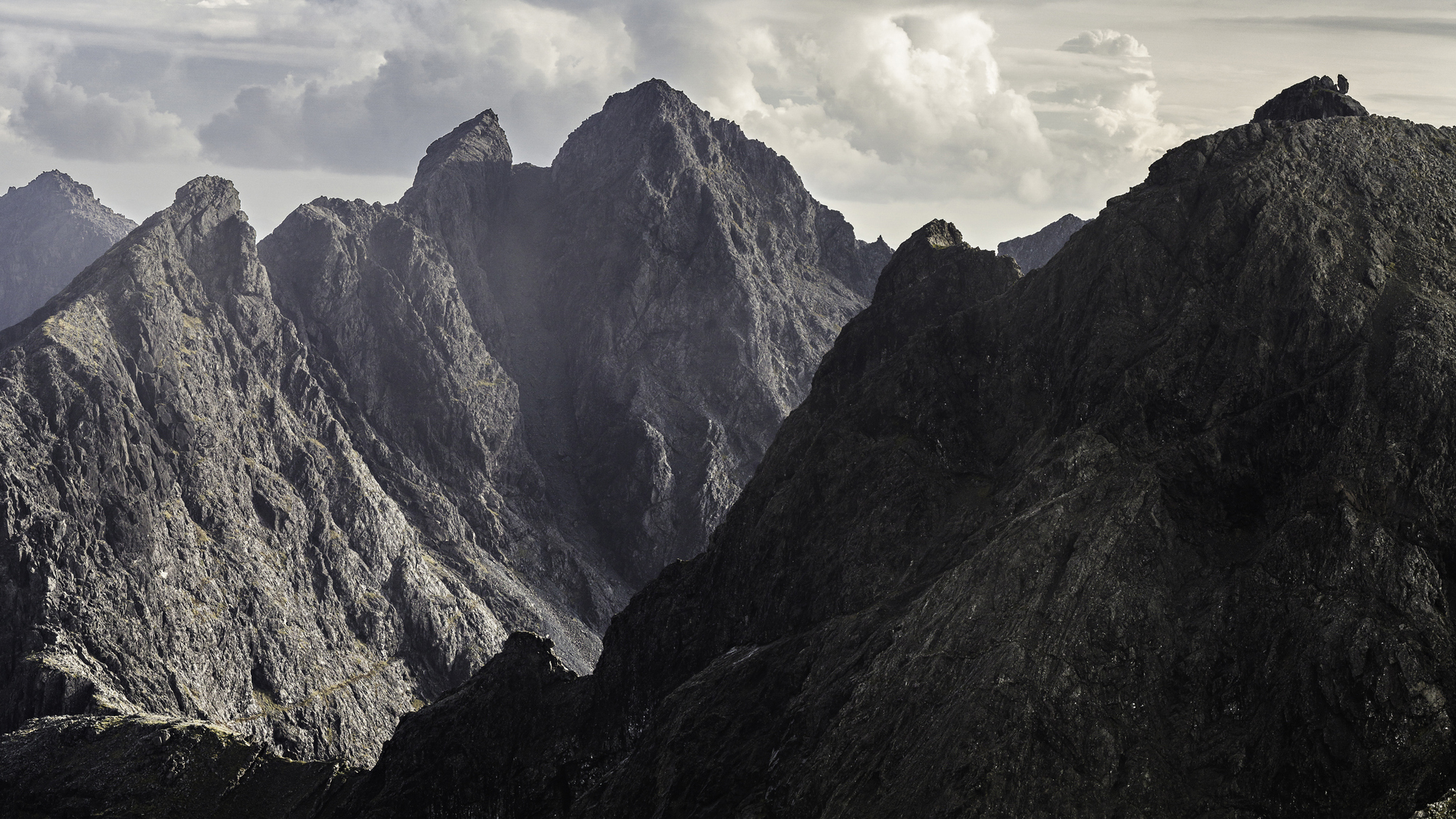
Multi-pitch climbs are routes that require more than one rope length and, therefore, multiple belays to tackle. They can be sport climbs or trad climbs and, while the more technical routes obviously require climbing shoes, there are many where approach shoes would be the preferred option. This is particularly the case where the more serious pitches are separated by prolonged sections of scrambling or even walking, where you might move roped together in the alpine style, rather than pitching everything.
Good examples of these kinds of mountaineering routes in the UK are Tower Ridge on Ben Nevis, which is mostly a tricky scramble with the occasional easy climbing pitch, or the spectacular Cuillin Ridge on the Isle of Skye, a lengthy and exciting traverse with a handful of climbing pitches.
5. For the via ferratas
- Approach shoes provide ideal grip for via ferrata routes
- They also provide excellent protection against rock abrasion
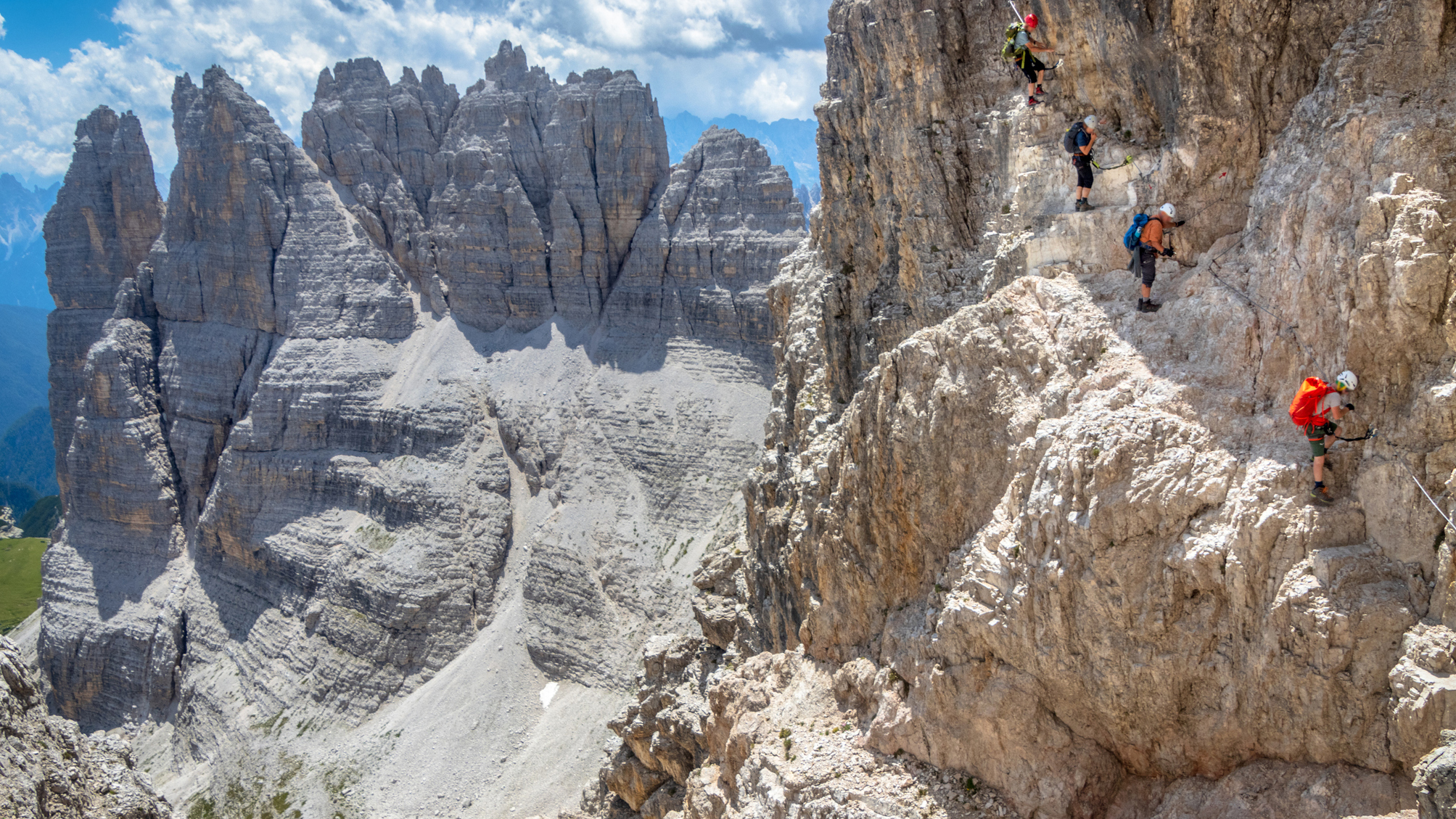
Via ferrata, a thrilling activity originating in the Austrian Alps, involves following a scrambling or climbing route that has been made significantly safer, and therefore easier, by the installation of a wire to clip into and other forms of fixed protection. The routes vary in length and some hut-to-hut treks in the Alps even feature sections of via ferrata.
Approach shoes are perfect for via feratta, providing loads of confidence on the tastier climbing sections and all-around protection and comfort when crossing scree fields and the like. Snowfields can pose a potential barrier even during summer on some via ferratas, so do your research on your chosen route. You can always take microspikes or similar traction devices but bear in mind approach shoes are not crampon compatible.
6. For the long walk ins
- Approach shoes are lighter than burly winter boots
- This makes them ideal for long walk ins
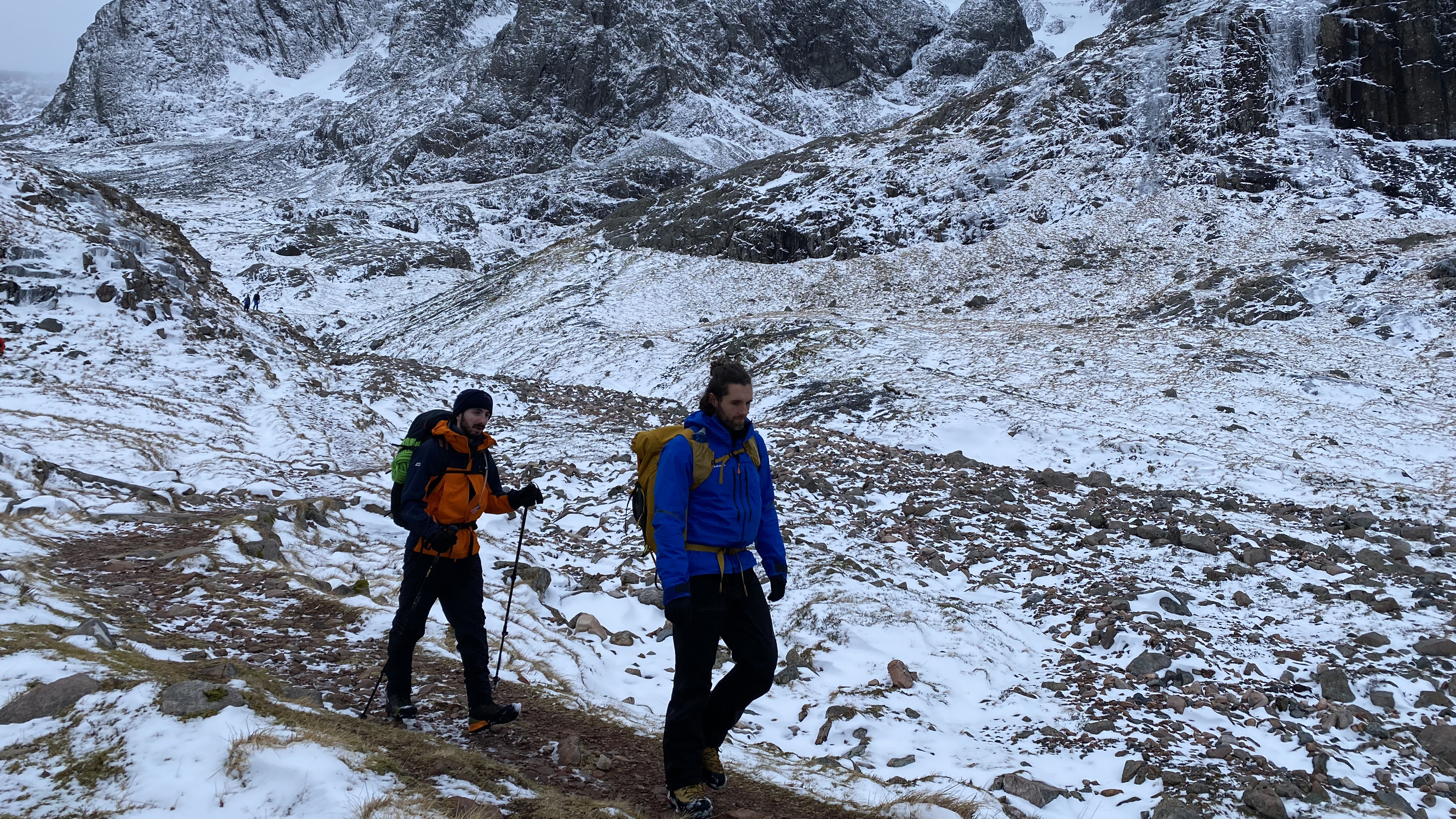
As well as approaches to climbing routes often being technical, they can also be very long. The same is true of winter mountaineering routes, where you may have to gain significant elevation to reach the snowline. Wearing clunky B2 winter hiking boots for a long walk in can be pretty uncomfortable after a while, not to mention fatiguing. Approach shoes are designed to be relatively lightweight and can be stashed away, or attached to a harness when you reach the frozen stuff.
7. For the pub
- Approach shoes have a certain amount of credibility among mountain folk
- They're comfortable to wear in the pub

Some approach shoes blend comfort and understated style to such a degree that they become the footwear of choice for the denizens of mountain pubs – the guides, Mountain Rescue team members and local climbing superstars. There’s a certain amount of credibility gained when you stride into the bar, hair still ruffled from your romp on the rhyolite and order the local craft beer or wine, all while wearing your approach shoes.
I’ve previously lost count of the number of instructors wearing a pair of Scarpa Cruxes, while sat at the Yr Wyddfa Bar at Plas y Brenin, the Welsh National Outdoor Center. Italian suede has always been stylish. Of course, not all approach shoes have this kind of classy aesthetic but those that do are definitely the savvy post-mountain option.







